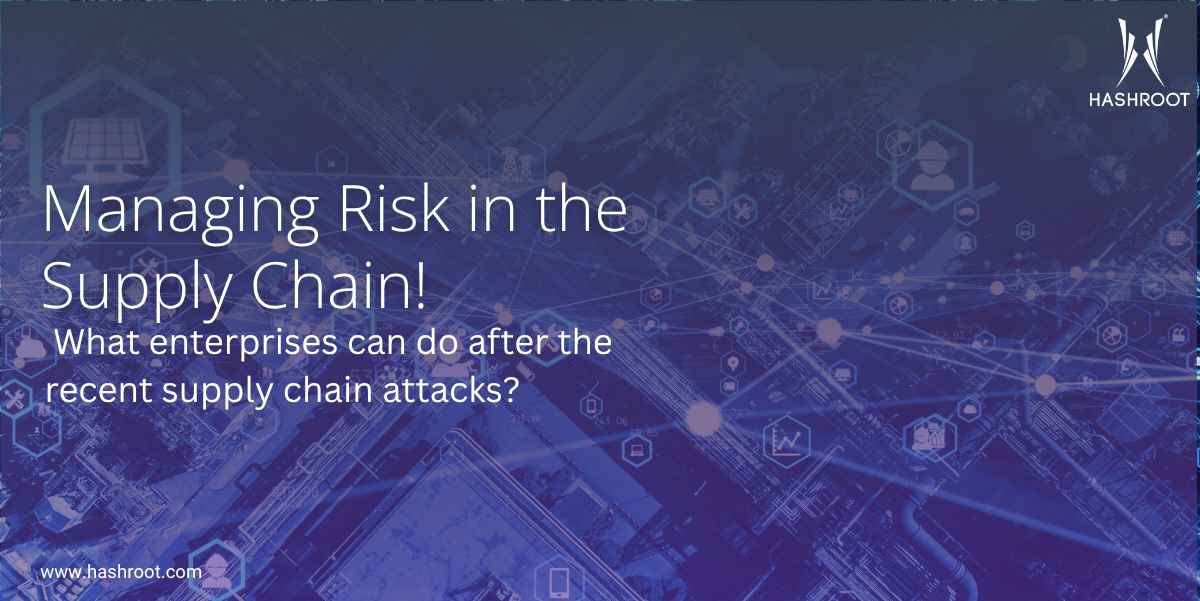In today’s hyperconnected world, enterprises are no longer isolated fortresses. Every business depends on an extended network of vendors, partners, and third-party service providers to keep operations running smoothly. But with convenience comes risk and recent supply chain cyberattacks have exposed just how vulnerable even the most secure organizations can be.
When one weak link in the chain gets compromised, it can ripple through hundreds of companies downstream. That’s exactly what happened in several high-profile incidents, where attackers infiltrated software vendors and service providers to gain indirect access to enterprise networks.
So, the question isn’t if a supply chain attack could affect your business, it’s when. And more importantly, how well prepared you are to contain and recover from it.
The Growing Threat of Supply Chain Attacks
According to industry reports, nearly 60% of organizations experienced at least one supply chain-related cyber incident in the past year. Unlike traditional attacks, supply chain breaches are stealthy and often go undetected for months.
Attackers exploit trusted relationships between companies and their vendors, leveraging legitimate credentials and software updates to deliver malware, steal sensitive data, or disrupt critical systems.
These attacks are particularly dangerous because:
- They bypass traditional perimeter defenses.
- They compromise trust between businesses and suppliers.
- They amplify damage across multiple organizations at once.
In short, supply chain security is no longer just an IT issue, it’s a business continuity and brand reputation issue.
Understanding Your Risk Landscape
The first step in managing supply chain risk is visibility. Many organizations don’t have a full inventory of who their suppliers are or what access those vendors have to internal systems.
Start by conducting a comprehensive vendor assessment:
- Identify all third-party and fourth-party vendors.
- Map out data flows between your systems and theirs.
- Classify vendors based on their criticality and access level.
- Review each vendor’s security certifications and compliance status.
This exercise helps uncover hidden vulnerabilities that might otherwise be overlooked and lays the groundwork for stronger risk management.
Building Resilience with Proactive Security Measures
Once you understand where your risks lie, it’s time to strengthen your defenses.
- Adopt a Zero-Trust Model
Never assume trust, even with long-term partners. Zero-trust principles ensure that every user, device, and application is continuously verified before gaining access. - Continuous Monitoring and Threat Intelligence
Real-time monitoring of network activity can help detect anomalies that may indicate a compromised vendor connection. Threat intelligence tools provide early warnings of emerging risks. - Vendor Risk Assessments and Contracts
Include security requirements in your vendor contracts such as incident reporting timelines, regular audits, and data protection measures. Review these agreements periodically. - Patch and Update Management
Ensure that all software, including third-party applications is updated promptly. Many supply chain attacks exploit outdated systems or unsecured APIs. - Employee Awareness
Human error remains one of the top causes of breaches. Regular training on phishing, data handling, and incident response helps build a security-first culture.
The Role of Managed Security Providers
For many enterprises, managing these layers of defense in-house can be complex and resource-intensive. That’s where partnering with a managed security service provider like HashRoot makes a real difference.
HashRoot helps enterprises:
- Perform in-depth supply chain risk audits.
- Deploy 24/7 monitoring and incident detection systems.
- Ensure compliance with global data protection standards.
Implement zero-trust frameworks tailored to your infrastructure.
With advanced analytics, AI-driven insights, and a dedicated cybersecurity team, HashRoot empowers organizations to detect, respond, and recover swiftly from potential threats, before they cause real damage.
Supply chain risks aren’t going away if anything, they’re evolving. But with the right strategy, visibility, and trusted cybersecurity partner, enterprises can turn vulnerability into resilience.
It’s time to stop reacting to threats and start building secure ecosystems that can withstand them. Your supply chain is only as strong as its weakest link, let HashRoot help you strengthen every connection.

